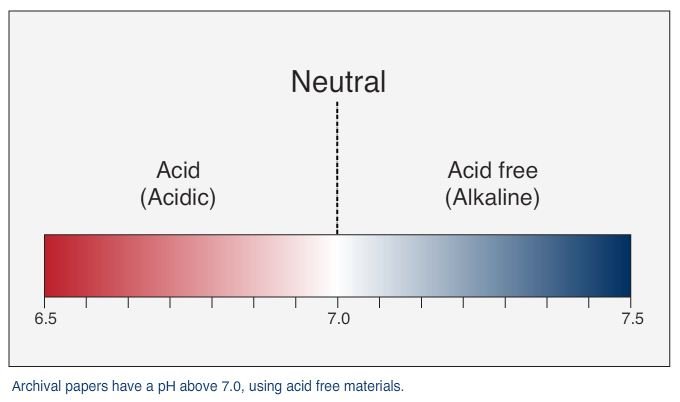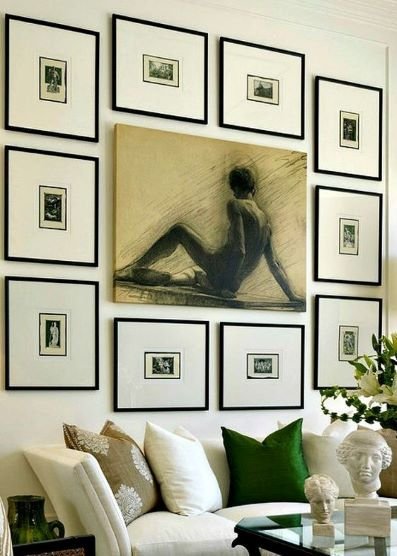Have you ever hung a picture on the wall and just felt like something was off? Perhaps the frame looked too small or too big, or the picture was hung too high or too low. Hanging pictures can seem like a simple task, but there are actually several factors to consider in order to achieve the best results. In this blog post, we'll take a look at the importance of frame, mat, and glass choices, as well as general guidelines for hanging pictures.
The Frame Makes the Picture
As the saying goes, "Clothes make the man, the frame makes the picture." The choice of frame is primarily crucial, as it can make a huge difference to the picture, irrespective of whether it's a simple print or an expensive lithograph. The kind of wood or metal, the color, and the thickness or thinness of the frame can all have an impact on the overall look of the piece. Light-colored frames allow the picture to stand out, while dark-colored frames create contrast and balance images that have dark parts, such as black-and-white photos.
In addition to the frame, the choice of mat and glass is equally important. Acid-free paper is essential for preserving the artwork, as it will help it last longer. Good ultraviolet (UV) protection will also have the same effect on the durability of the artwork as the choice of mat and glass. The high-quality non-reflective glass will improve the clarity of the image and enhance your viewing experience much more than a cheaper solution.
pH Scale from Strath More Artist
The Importance of Mats
Mats serves two purposes: to prevent the image from pressing against the glass and to help throw light on the image. Mats are cut at an angle to help direct light onto the image, providing depth and dimension. When choosing mats, it's essential to consider the color and size of the mat in relation to the frame and picture.
Mat image from Fast Frame
General Guidelines for Hanging Pictures
There are several general guidelines to consider when hanging pictures on your walls:
Hang pictures behind a sofa or bed that covers only two-thirds of the wall behind the furniture.
Hang pictures at the optimal height, which depends on the height of your ceiling and the furniture that will be close to the pictures. A useful guideline is to work on the 145 principle, which means the center of the picture or of the wall of pictures should be at a height of 57 inches (145 cm) from the floor, which is the most pleasing height for an observer to view pictures.
Hang pictures in a row so that the midlines, baselines, or top lines of all pictures line up.
Choose the subjects and hang the pictures so that the eye is led diagonally upward.
Mix vertical frames with horizontal frames and ensure that the frames of all pictures are an equal distance apart; 2 to 4 inches (5 to 10 cm) is about the right distance.
Hang many similar pictures in a repeating pattern or ensure that the height of the hanging cluster of frames mirrors the successive increase in height of the rising steps of the staircase.
The Tape and Cut-and-Paste Tricks
When hanging pictures, it's easy to make mistakes and end up with a bunch of nail holes in your walls. One way to avoid this is to use the tape trick. When you buy a new frame, there is often a sheet inside it on which the manufacturer has listed the measurements of the frame and other bits of information. You can test different positions for your pictures by taping the sheets on the wall instead of the frames.
Another trick is the cut-and-paste method. If you are using older frames, you can make your own sheets out of kraft paper or gift wrap. Draw around the edge of the frame and cut out the paper.


